How the US Secret Service fell from grace
Book Review: Sex scandals, bar-room brawls and security lapses followed 9/11 failures.
Book Review: Sex scandals, bar-room brawls and security lapses followed 9/11 failures.
The 20th anniversary this weekend of the 9/11 terrorist attacks in New York and Washington DC is a reminder of their continuing impact on the modern world. Most recent, of course, is the withdrawal of Nato military forces from Afghanistan. At the local level, last week’s knife attacks at the Lynnmall supermarket represent the long tail of jihadist actions in Western societies.
The events of September 11 (12th in New Zealand), 2001, are being retold in newspaper columns and a swag of documentaries, of which the five-part Turning Point: 9/11 and the War on Terror (Netflix) is the first. TVNZ1 followed with 9/11: Life Under Attack and Surviving 9/11, respectively produced by ITV and the BBC. Others include Children of 9/11, 9/11: The Falling Man and 9/11 Kids, the latter referring to the now grown-up children who read The Pet Goat to President George W Bush in a classroom at Sarasota school, Florida.
This event, which features in the Netflix series, is retold in riveting detail by Carol Leonnig, a Washington Post journalist, in Zero Fail, her 500-plus page account of the rise and fall of the US Secret Service since the assassination of President Kennedy in 1983. The service dates back to 1865 when the Treasury was created to protect the US currency. The service’s function expanded to include protection of the president and the White House after the assassination of President McKinley in 1901.
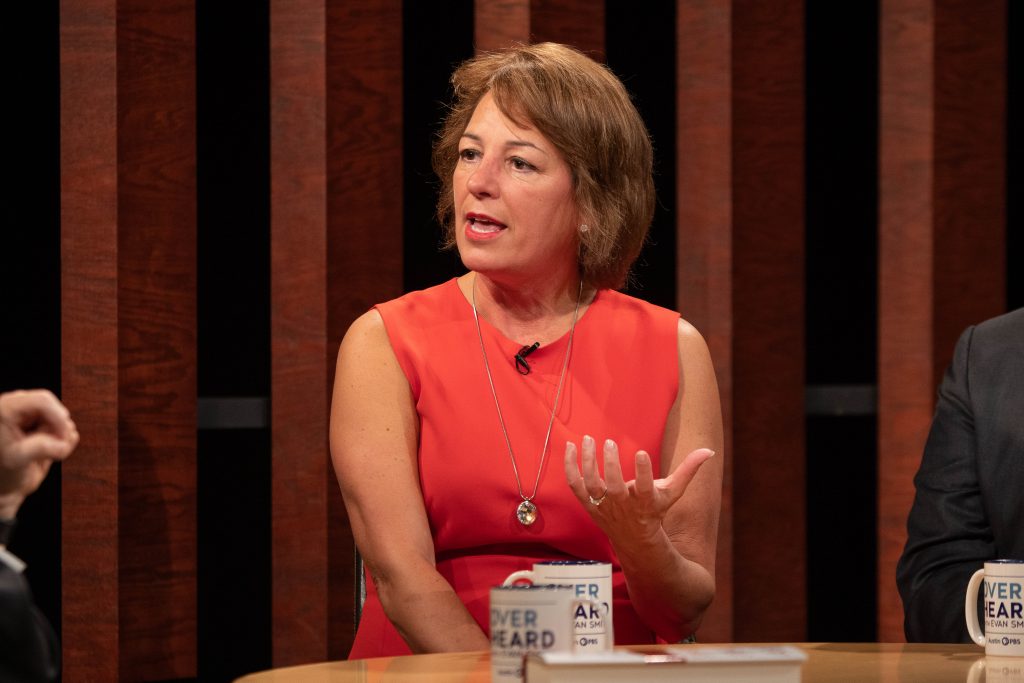
Today, as part of the Department of Homeland Security, the service still investigates financial and cyber crime, assesses violent threats and conspiracy plots, researches school shooters, and tracks down missing and exploited children.
‘Scrub trip’
On Tuesday, September 11, Bush was in the Tampa Bay area for what the White House press corps call a “scrub trip” – an opportunity to send junior reporting staff for an event of low news value. The president’s entourage, including the Secret Service and the media, had flown down the night before, stayed at a luxury resort where they were hosted by local big-wigs, and were to visit a low decile school the next morning. It was a promotion for a literacy bill called No Child Left Behind.
The hijacked American Airlines Flight 11 hit the north tower of the World Trade Centre at 8.46am. Within minutes, billowing smoke and flames were being shown live on CNN. This was news to the Secret Service, and almost everyone else except air traffic controllers and the Federal Aviation Authority.
“We have four aircraft compromised,” was the dry analysis of one controller. At 9.03am, United Flight 175 hit the south tower, confirming it was a terrorist attack. The possibility had been signalled for months by intelligence and media reports but no one knew when.
The Dulles Airport controller alerted the FAA’s man in the White House and he passed the message “upstairs” to the Secret Service’s operations HQ at the top of the Old Executive Building Office across the road. But that did not push an alarm.
In the Sarasota classroom, White House adviser Karl Rove whispered to Bush that a light aircraft had crashed into a World Trade Centre tower. Rove then found a TV set in the school office and saw a replay of the south tower being hit by a large passenger jet.
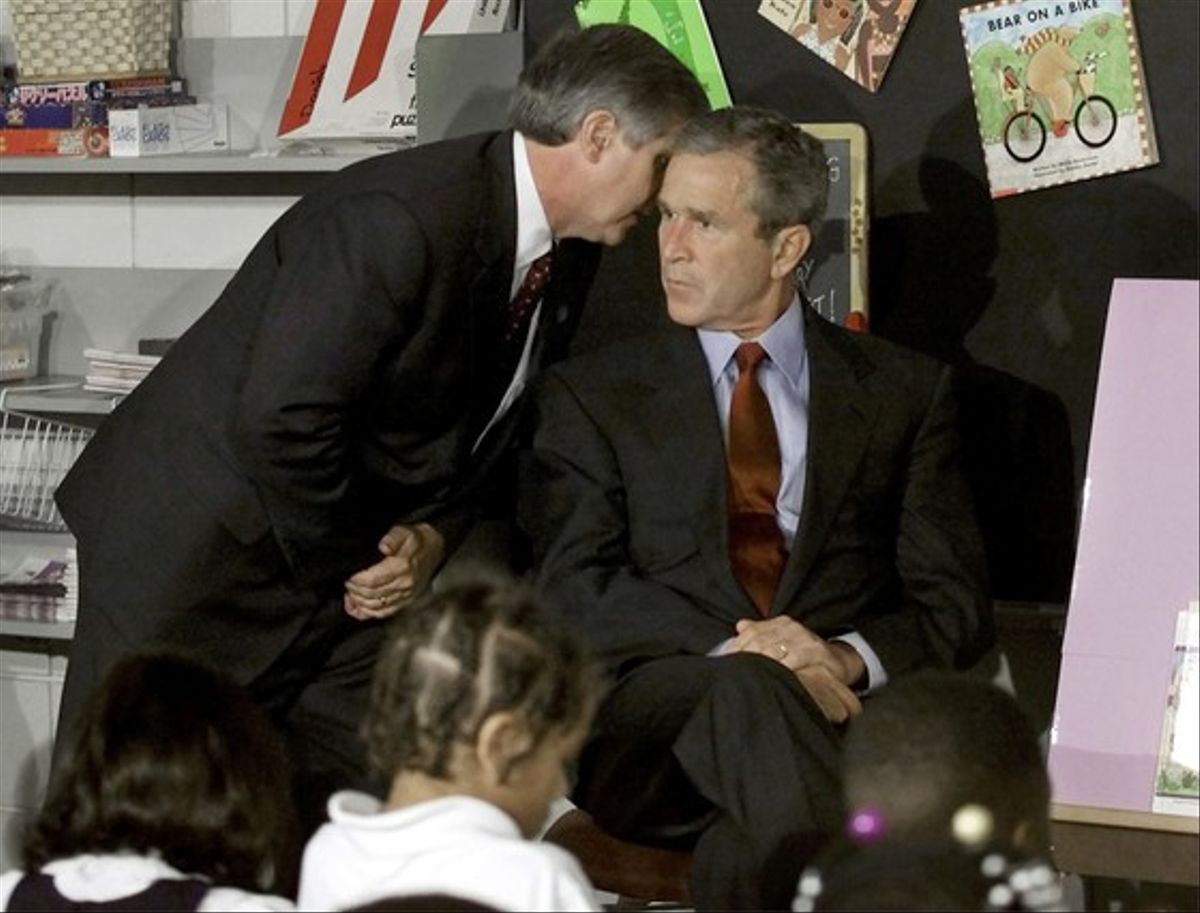
Bush’s personal staff and the Secret Service agents debated what to do. The agents wanted to stop the session immediately and whisk the president away to Air Force One, fearing he could be under attack as his presence was well known. The political aides didn’t want to scare the children with such an abrupt action.
‘America under attack’
Bush was also scheduled to speak to a gathering of parents. White House chief of staff Andy Card wanted to alert the president with a statement that wouldn’t provoke a response as he was still on a live camera. Card told him of the second hit and added, “America is under attack.” Bush continued with the session for another seven minutes, advised by a large sign to say nothing. He then moved off camera for a briefing.
This did not include news of two other aircraft heading for Washington DC. It was 9.15am. At Card’s suggestion, Bush used his planned speech to parents on literacy as a platform for his first public announcement to the nation.
The Secret Service HQ was still to learn two aircraft were only minutes away from Washington with the White House a potential target. American Airlines Flight 77 had earlier left Dulles Airport and made a U-turn on reaching Cleveland.
At 9.33am the emergency alarm was pressed, with Vice President Dick Cheney and West Wing staff rushed to a bunker. It was locked. The Secret Service’s vice presidential staff did not have a key. It was later reported they finally entered at 9.37am, one minute before Flight 77 crashed into the west side of the Pentagon.
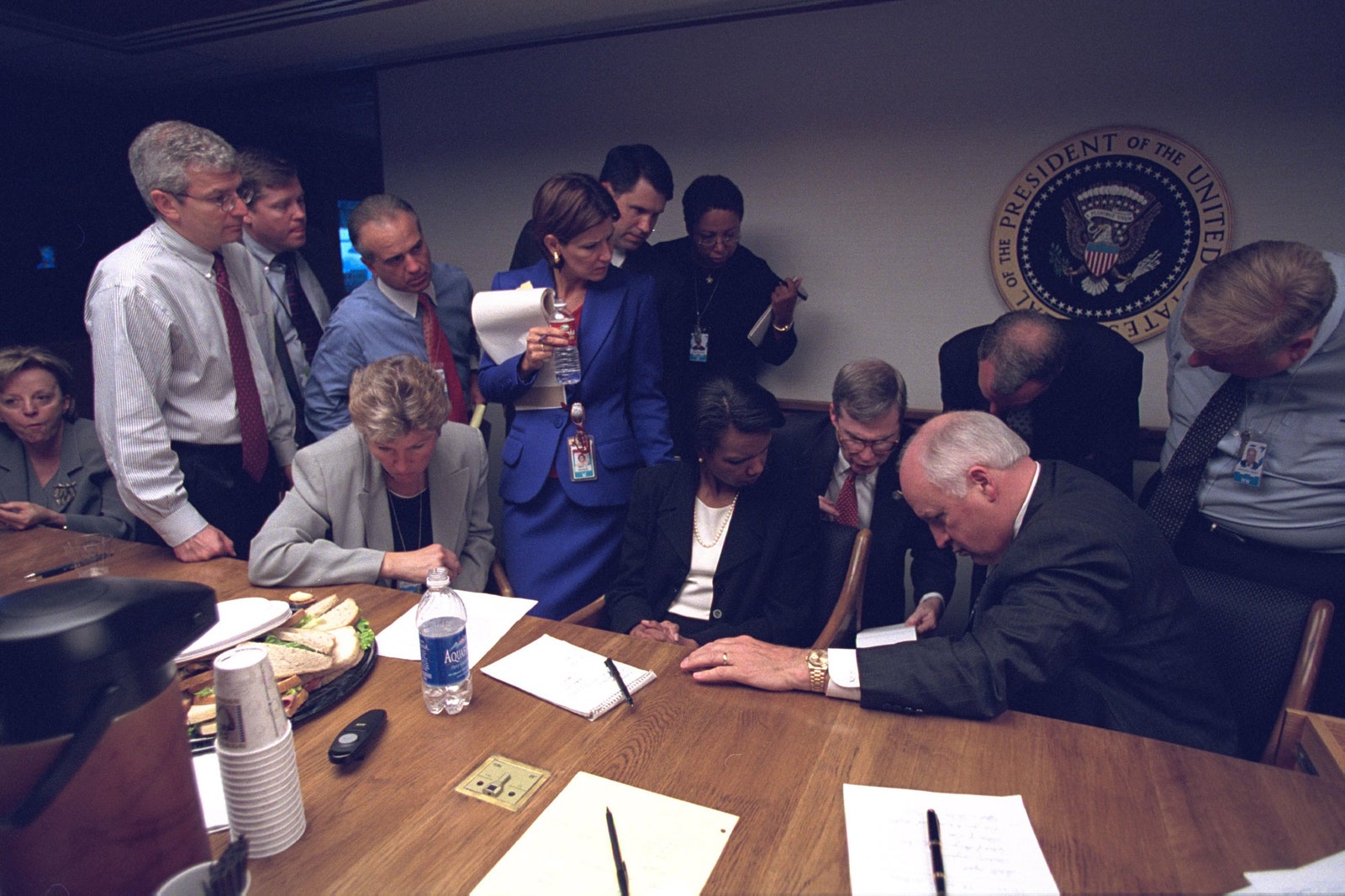
Leonnig reveals the truth was a closely kept secret for many years. Cheney was still locked outside the bunker and would have likely been a victim if Flight 77 had maintained its course. Passengers in the fourth aircraft, United Flight 93, overcame the hijackers and it crashed into a field in southern Pennsylvania. In total, 2938 died in the attacks.
Military response
The military response to 9/11 led to the bombing and invasion of Afghanistan, where al-Qaeda and Osama bin Laden had fled after earlier attacks on US embassies and warships. The mainly Saudi pilots and hijacking crew had been in America for up to a year. Some had been monitored but the plot remained secure. Inquiries later found an array of government agencies had strong intelligence but this was not shared. No one joined the dots sufficient to foil the highly planned operation.
Leonnig reports the Secret Service was one the agencies “caught flat-footed” by 9/11. For a start, its operations centre would have been destroyed by any aircraft crashing into the White House.
Its 3000 or 4000 staff (both figures are quoted within a few chapters of each other) were transferred from the Treasury to Homeland Security, now the largest US government department after Defence.
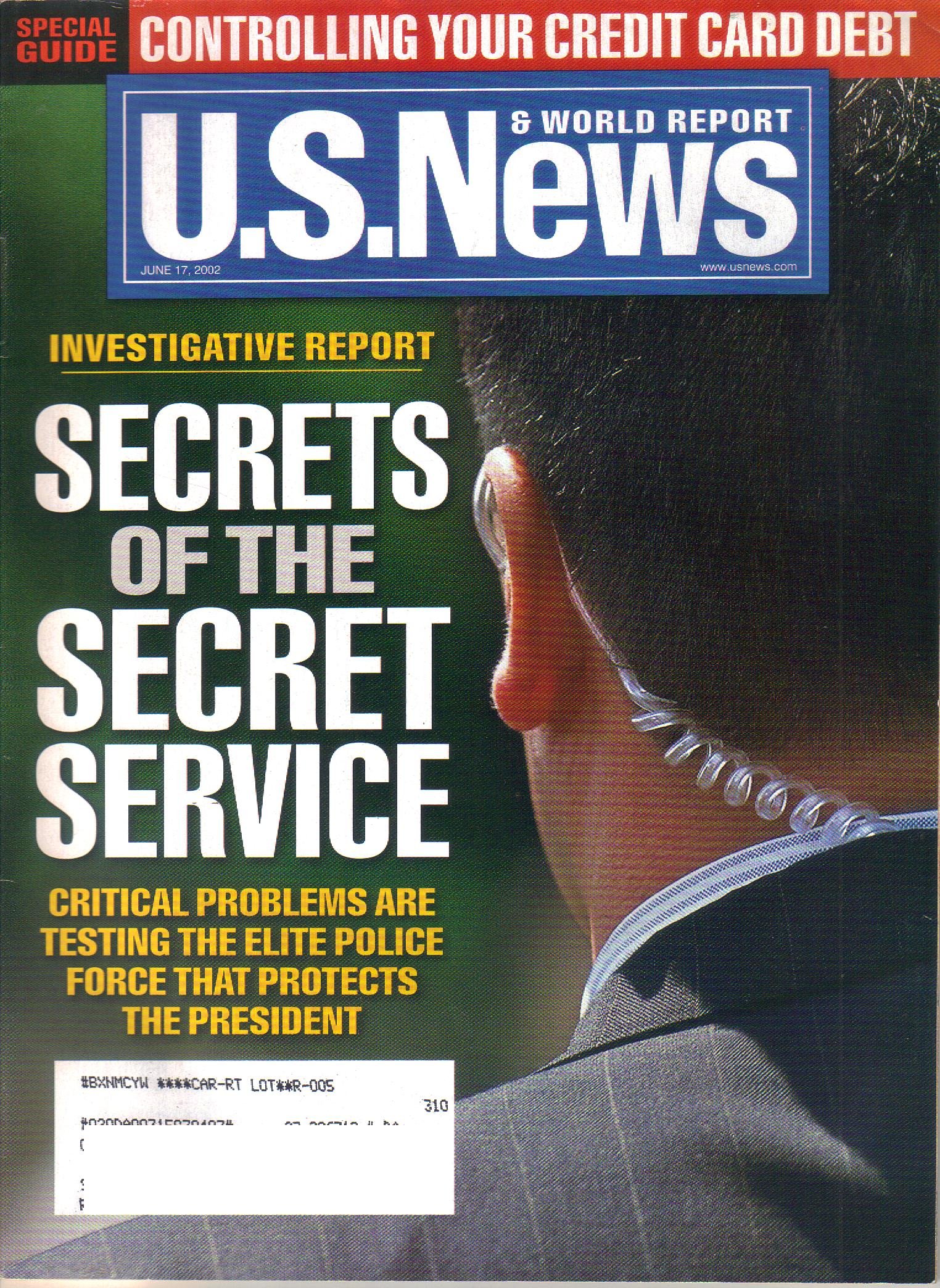
That wasn’t the end of the service’s problems. Republican Congressman Bob Goodlatte raised allegations published in US News & World Report with the director, Brian Stafford, at a hearing in 2002. Stafford was asked to respond on, “everything from security lapses to embezzlement or theft, sex scandals, bar-room brawls, morale problems”.
While Stafford labelled the story sensationalist and based on claims by disaffected former staff, he did not deny them. Stafford resigned later that year because of a high-profile affair with a member of Hillary Clinton’s staff when she was First Lady.
Downward trajectory
Throughout the 20th century, the Secret Service had an enviable reputation for its efficacy and bravery, particularly in the Kennedy shooting and the attempt on President Reagan. But 9/11 revealed its failures and the downward trajectory continued after the Bush administration through the Obama and Trump years.
Loennig describes a “string of blunders as the Security Service fumbled to recognise a serious attack” on the Obamas’ residence in 2011. Eight gunshots were fired at windows, while some agents were told to stand down in the confusion. Another scandal broke out in Colombia, where hundreds of agents on a presidential trip partied with prostitutes.
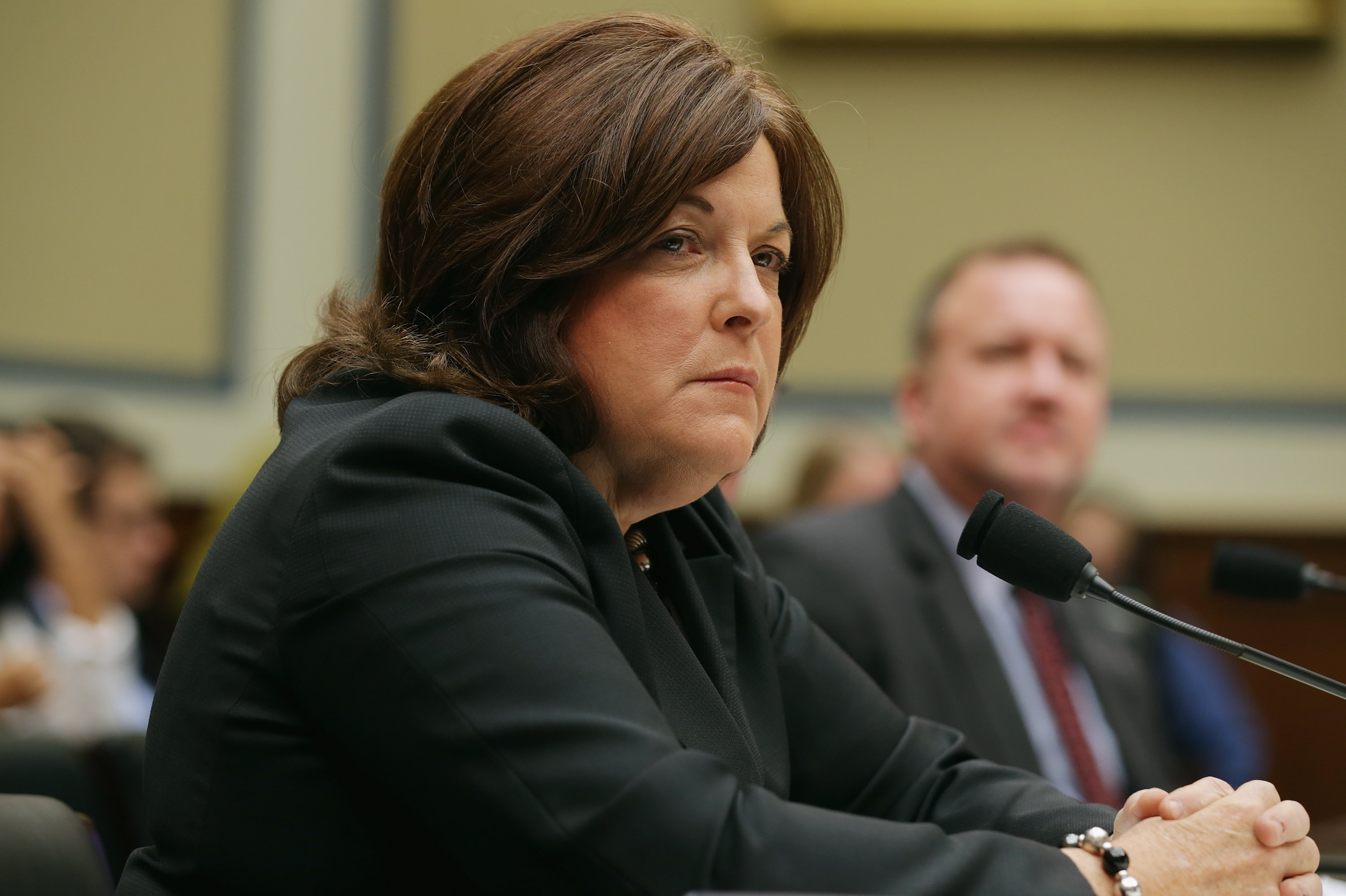
A leadership change attempted to improve the culture and morale with the appointment of the first female director, Julia Pierson, in March 2013. She resigned 18 months later in the wake of another serious White House security breach.
Leonnig logs nine failures in which a disabled Iraq War veteran armed with a knife broke in, ran through the East Room and made it all the way to the Green Room before being stopped.
President Trump provided the Security Service with another set of problems, mainly from his demands that he have two private residences outside the White House, Trump Tower and the Mar-a-Lago resort in Florida. This stretched the service’s resources.
Trump also violated the service’s non-partisan role by turning it into a political weapon; for example, the heavy-handed removal of anti-racist demonstrators from Lafayette Sq for a photoshoot.
Though many in the service were Trump supporters, others had their worst fears realised when he refused protection for president-elect Joe Biden by claiming the election was a fraud. This was followed by the January 6 invasion by Trump supporters of the Capitol where the Secret Service had to escort Vice President Pence to safety.
Ignominy continued when the Secret Service had to treat Biden’s inauguration as a domestic security threat, effectively preventing it being the mass public celebration it had been for all previous presidents.
Zero Fail: The rise and fall of the Secret Service, by Carol Leonnig (Scribe)
Nevil Gibson is a former editor at large for NBR. He has contributed film and book reviews to various publications.
This is supplied content and not paid for by NBR.